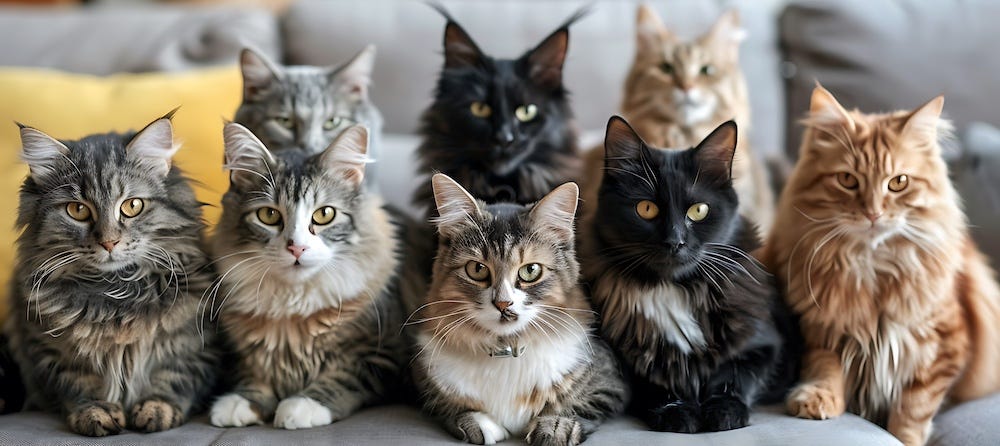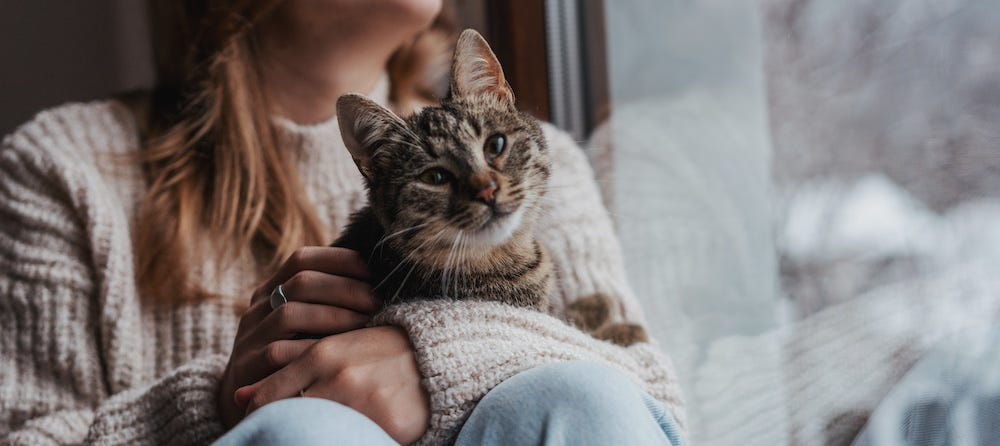In honor of St. Catrick’s Day (how could we not?), we’re highlighting some of our favorite felines of the green-eyed variety. Simply put, green-eyed cats are good luck because all cats are good luck! But you may be wondering where exactly those entrancing emerald peepers come from? Let’s take a look at some of the interesting facts about cat eye color.

A cat’s eye color is determined by the amount and intensity of pigmentation that is in the front and rear of the iris. The evolution of your cat’s eye color may be similar to your own: Just like some people, cats are born with blue eyes that usually change to another color as they mature and develop pigmentation. Some cats remain blue-eyed for life, especially if their coats are white (think colorpoint cats, like Siamese, Himalayan, and Ragdoll). Strangely, white cats with blue eyes are most susceptible to deafness, and when a white cat has one blue eye and one eye of another color, the deafness occurs only in the ear on the side of the blue eye.

Unlike people, however, a cat’s irises will not typically become brown. The darkest color you’ll see on your feline friend is copper, barring the result of a medical issue or injury. White cats with blue, green, or orange eyes are not albino, despite what you may have heard. Like other animals, true albino cats have pink or bluish-pink eyes.

Eye color is often related to breed, but not necessarily to coat color. For example, purebred Russian Blue cats have vivid green eyes; yet many cats with identical, plush gray-blue fur have golden-yellow or amber eyes. (Equally striking, if you ask us.) This means these latter cats are not “purebred” Russian Blues.

Pedigreed cats usually have more intense eye colors: There’s the bright copper of the Bombay, the stunning turquoise of the Tonkinese, and the gooseberry green of the Egyptian mau, to name a few. Green-eyed cats are relatively common; and cats with eyes with shades of green have become common in random-bred cats (called moggies).

The luckiest cat of all? The “odd-eyed” kitty with two different eye colors! Again, these cats tend to have white or mostly white fur. This mutation is more common than you’d guess—and far more common in cats than in humans. Rarer is “dichroic” or dichromatic eyes, which results in having two colors in one iris. (For example, there may be a yellow ring around a green iris.)
This St. Catrick’s Day, we invite you to jump on the catty wagon and raise your glass to a chorus of “Feline Go Bragh!” in honor of the lucky charms in our lives called cats.








